Title: Formation of supermassive stars in the first star clusters
Authors: Bastián Reinoso, Ralf S. Klessen, Dominik Schleicher, Simon C. O. Glover, P. Solar
First Author’s Institution: Heidelberg University, Center for Astronomy, Institute for Theoretical Astrophysics
Status: Accepted by MNRAS
In the exceedingly distant universe lie some of the most luminous objects ever observed – quasars. Quasars are supermassive black holes at the core of a few galaxies that gain their brightness by eating up their surroundings. They are up to a thousand times brighter than the entire Milky Way; so bright that we are able to detect them at the very edge of the observable universe. Interestingly, they are only found far away from us, which means that they were formed early on when the universe was young, because their light took a long time to get to us. In the early stage universe, star formation was difficult due to low gas densities and low abundances of elements heavier than hydrogen and helium (this is referred to as low metallicity). The presence of heavy elements plays an important role in the formation of massive objects. So how did supermassive black holes manage to form so early in the universe without those heavy elements?
Can simulations help to approach the formation story?
The authors of today’s paper chose to investigate one formation scenario of quasars, called direct collapse black hole. In this scenario, a gas cloud collapses to form a supermassive star that in turn can quickly collapse into a black hole, without a huge supernova explosion. To investigate this scenario, the authors of today’s paper performed several simulations of a gas cloud that represents the low metallicity environment. They sprinkled the cloud with over 250 protostars which are star seeds that have the potential to become full-grown stars. In these simulations, it is possible for three different types of objects to emerge: protostars, stars, and supermassive stars. Supermassive stars have a mass of more than 1,000 solar masses. All of those objects have different options to evolve during the simulation. A schematic of those options is shown in Figure 1.
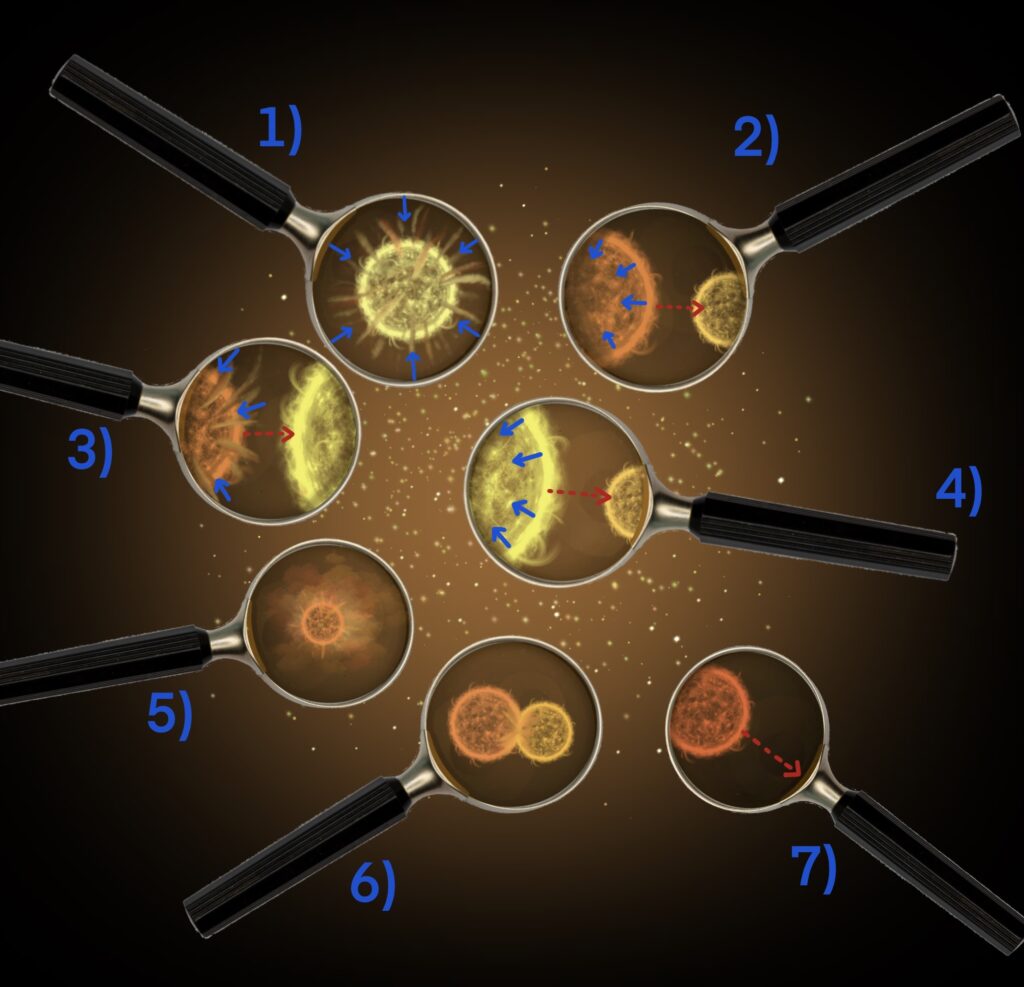
There are seven evolution scenarios in total:
- Any of the three object types can accrete gas, which is the process of gas falling onto the object. The amount of gas accreted influences the mass and the size of the object. The gas in the simulation follows a hydrodynamic evolution.
- Protostars can contract to become stars. Protostars are more bloated than stars as a consequence of star formation from a dense cloud region. These bloated stars over time contract and become main sequence stars, which are the objects we consider “normal” stars.
- If a protostar accretes gas very fast before it can contract to become a star, it becomes a supermassive star.
- Supermassive stars can contract to form main sequence stars if the accretion rate (the rate of infalling mass per time) drops lower than a critical value for a long enough time period.
- If the density of the gas in the cloud gets very high, new protostars can form out of the high density region.
- Any type of object can collide with another object. All objects move around the gas cloud due to the gravitational influence of the other objects. This can cause two objects to get too close to each other so that they can’t escape each other’s gravity. They collide and merge to form a new object with a total mass equalling the sum of both prior objects.
- If any object is close to the edge of the gas cloud and has a velocity outwards, it can be ejected from the cloud. It is removed from the simulation and will never come back.
Where do the simulations lead?
After performing two sets of twelve simulations (24 in total, each of them most likely taking weeks or even months to simulate!), the authors find the outcome of all simulations to be a small cluster of stars. In every simulation, a very massive object in the range of 1,000 to 10,000 solar masses forms in the inner region of the cloud. The authors call this object the most massive object. Most other objects are less massive, in the range of 1-100 solar masses. Figure 2 shows the mass and radius evolution of the most massive object in one of the simulations.

The simulations are split into two groups of twelve simulations each: one group with an initial total mass of the cloud of 10,000 solar masses and a second group with a total mass of 30,000 solar masses. In the first group with less total mass, roughly a third of the simulations result in the most massive object being a part of a binary system with another very massive object. Interestingly, in the second group with higher total mass, none of the most massive objects end up in a binary system. In this group, some simulations wind up with only 14 objects in total, all other objects have merged.
The conditions in the simulations of today’s paper resemble the conditions in the early universe, i.e. low metallicity. Therefore, the authors can apply their findings to star formation in those times. As a supermassive star forms in every of their simulations, the authors show that it is possible to form such stars very early in the evolution of the universe. These supermassive stars serve as seeds for supermassive black holes powering the observed distant quasars. It’s exciting to be one step closer to solving the mystery of the distant quasars!
Disclaimer: The author of this astrobite works with Ralf Klessen, but was not involved in this research. The authors of the paper were likewise not involved in the publication of today’s bite.
Astrobite edited by Pranav Satheesh
Featured image credit: Lina Kimmig

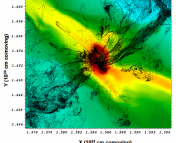
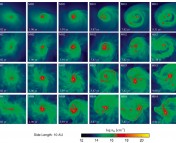
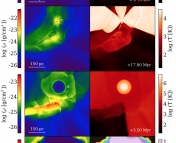
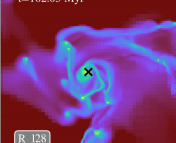
This paper is available in preprint form from https://arxiv.org/abs/2303.07827
Thank you!